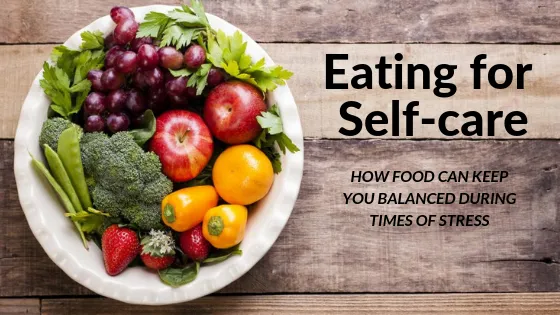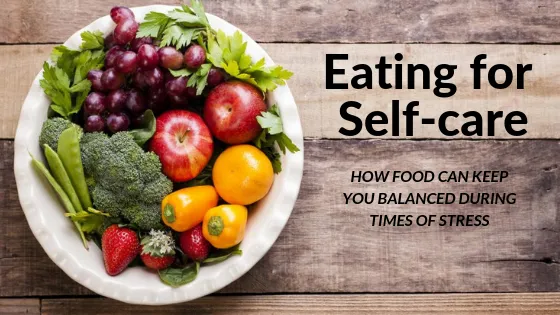Everything You Need to Know About Eating on an Airplane
Whether you’re taking a long international flight or a short domestic hop, one thing is for sure – you’re going to get hungry mid-air. As anyone who has flown can attest, airplane food leaves something to be desired. But bringing your own snacks onboard is not always straightforward. In this article, I’ll cover all the important aspects of eating on a plane, from regulations to meal options to tips for enjoying food at thirty-thousand feet.
What Can I Bring in My Carry-On?
The TSA has very specific rules about what food items are allowed in carry-on luggage. Liquids, gels, and aerosols must be 3.4 ounces or less and fit in a single quart-sized, clear plastic bag. Most solid foods are fine, as long as they’re not in excessively large quantities that could raise security concerns. Fresh fruits and vegetables also need to be peeled or cut. Here are some of the best snack options within TSA guidelines:
- Nuts, trail mix and dried fruits
- Granola bars, cereal bars or protein bars
- Chips, crackers or pretzels
- Sandwiches (without mayo or spreads)
- Cookies and candy
- Fresh fruit like apples, bananas and oranges
When packing food, be sure to check for any country-specific restrictions at your destination. And avoid strong-smelling foods that might upset your fellow passengers. A balanced selection of portable snacks is ideal for enjoying throughout a long flight.
What Food Can I Expect from the Airline?
Airline meals have a bad reputation for good reason – they’re usually uninspired, not very fresh or nutritious. But not all in-flight fare is created equal. Higher-end carriers like Emirates and Singapore Airlines have gourmet options developed by celebrity chefs. Budget airlines nowadays even offer food for purchase instead of just chips and cookies. For domestic flights, here are some meal expectations based on class of service:

- Economy – Pre-packaged sandwich, snack box or light meal. Hot meals rare on flights under 3 hours.
- Premium Economy – Hot meal trays with more substantial proteins and sides. Better quality than economy.
- Business Class – Multiple hot meal choices, appetizers, desserts. Nicer plating than premium economy.
- First Class – Multi-course gourmet meals. Best quality and most expensive in-flight dining option.
Many airlines let you pre-order special meals like vegetarian, kosher or gluten-free if needed. It’s always a good idea to check the airline’s menu before boarding. That way there are no nasty surprises at mealtime thirty-thousand feet up!
Some Tips for Enjoying Food on a Plane
Eating during turbulence can be a challenge. On one flight to Amsterdam, the turbulence was so bad I spilled my entire tomato pasta all over myself! Here are some tips I’ve picked up over the years to make mealtimes smoother at cruising altitude:
- Wait for the seatbelt sign to turn off before eating.
- Choose finger foods that are easy to hold like sandwiches or cereal bars.
- Secure trays and napkins tightly so nothing slides away.
- Stow sharp items like knives once you’re done with them.
- Only peel fruit after takeoff in case of unexpected turbulence.
- Bring wet wipes to clean up any spills instead of sticky napkins.
- Drink lots of water to stay hydrated in the low-humidity cabin air.
The key is preparing snacks and adjustable tray tables so you can nibble throughout long flights without a big messy meal. It may take a while to find your airborne eating groove. But in time you’ll become a pro at enjoying food safely at thirty-thousand feet.
Special Dietary Considerations
These days, more passengers than ever have dietary restrictions due to allergies, intolerances or lifestyle choices. While airlines are getting better at accommodating special diets, it still pays to plan ahead.

If you have food allergies, check in advance whether your allergen can be avoided entirely on that route. You never know what mystery ingredients may be lurking in airline meals. Many carriers cannot guarantee an allergen-free environment due to shared kitchen facilities.
Vegetarians and vegans will likely need to bring their own meat/dairy-free snacks. Look for airlines who clearly note veg*n meal options when booking. Don’t assume standard meals will be suitable.
Muslims observing Ramadan should reconfirm any meal services, as fasting is not always possible on multi-leg trips spanning prayer times. Having portable snacks ready to break the fast is wise.
In short, taking responsibility for your special diet is safer than hoping the airline can fully accommodate you. Good planning yields less stress and happier eating at cruising altitude.

In conclusion, with a little preparation and know-how, enjoying tasty and nutritious meals at thirty-thousand feet is totally doable. The keys are packing smart snacks within guidelines, checking airline menus in advance, and having contingency plans for special diets. With practice, you’ll be a pro at dining at cruising altitude in no time. Bon appetit!
Tips for Packing Food for Your Plane Ride
| Food Item | Packaging | TSA Guidelines |
|---|---|---|
| Sandwiches | Seal in a ziplock bag | Allowed |
| Fruit | Individually wrapped or in a ziplock | Allowed |
| Chips/Snacks | Original packaging or ziplock | Allowed in carry-on only |
| Cookies/Pastries | Ziplock or sealed container | Allowed |
| Liquid/Gel Foods | Containers 3.4oz or less | Allowed in carry-on only if packaged |
FAQ
-
Can I bring food on a plane?
Basically, yes you can bring food with you on a plane. However, there are some restrictions. Liquids, gels, and aerosols more than 3.4 ounces or 100ml per container need to go in your checked bag. Also, any food that could make a mess or smell strongly is best stored in your checked luggage.
-
What kinds of food can I eat on a plane?
Kind of any food is okay as long as it’s not too smelly or messy. Things like sandwiches, snacks, and fruits are usually fine. Perhaps bring some mints or gum too in case your breath becomes pungent from eating on the flight. At the same time, remember some fellow passengers may have food allergies, so go easy on strongly scented foods.
-
Can I drink alcohol on a plane?
It depends. For domestic flights within the United States, you can drink alcohol that was purchased from the airline. However, for international flights or if you brought your own, regulations vary. Appears drinking your own alcohol on a plane is typically a no-no. Maybe check with your airline before sipping that mimosa at 30,000 feet.

-
Is airplane food safe?
In most cases, yes airplane food is safe to eat. Airlines follow strict guidelines for food handling and preparation. Nevertheless, there is always a small risk of foodborne illness no matter where you eat. Also, the conditions on planes are not ideal for food safety. Strong flavors that mask smells could make inspecting foods difficult. But in general, for most people airplane food poses little risk if handled properly.
-
Can babies and toddlers bring their own food on a plane?
Yes, babies and toddlers can bring their own food like baby food pouches, snacks, milk, and formula on the plane. Since young kids have different dietary needs than adults, it’s totally fine and sometimes even recommended for small children to consume food and drinks from home. Just be sure to give leftovers to an adult for disposal once little ones are done. By the way, do any of you have kids who fly? What are your tips for traveling with a baby?
So in summary, while some food restrictions exist on planes, you can basically eat and drink within reason provided you follow liquid guidelines for carry-ons. But is airline food worth purchasing anyway, or is bringing your own always a better bet? What do you think, dear readers – do you have any amazing or awful experiences eating on a flight to share? I’m kind of curious now to hear your stories!
